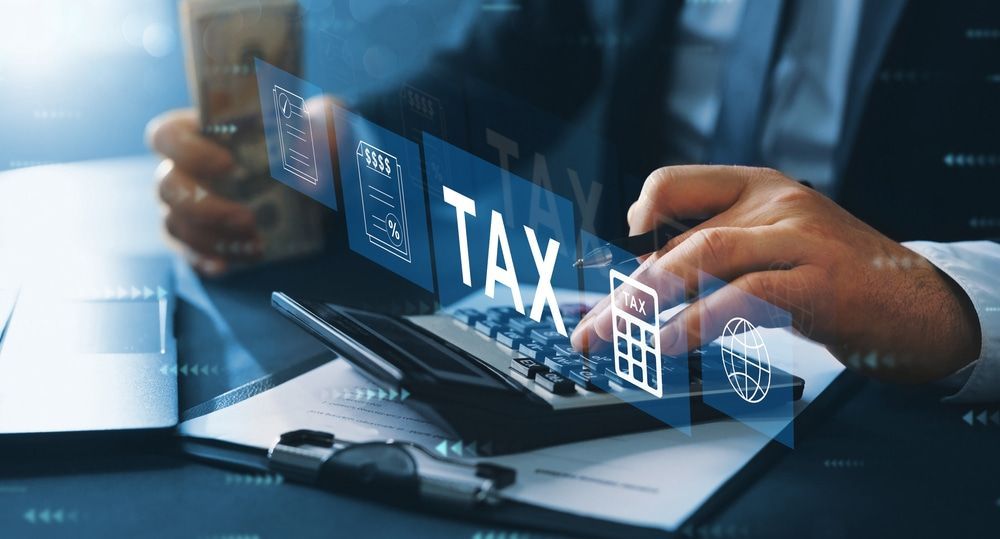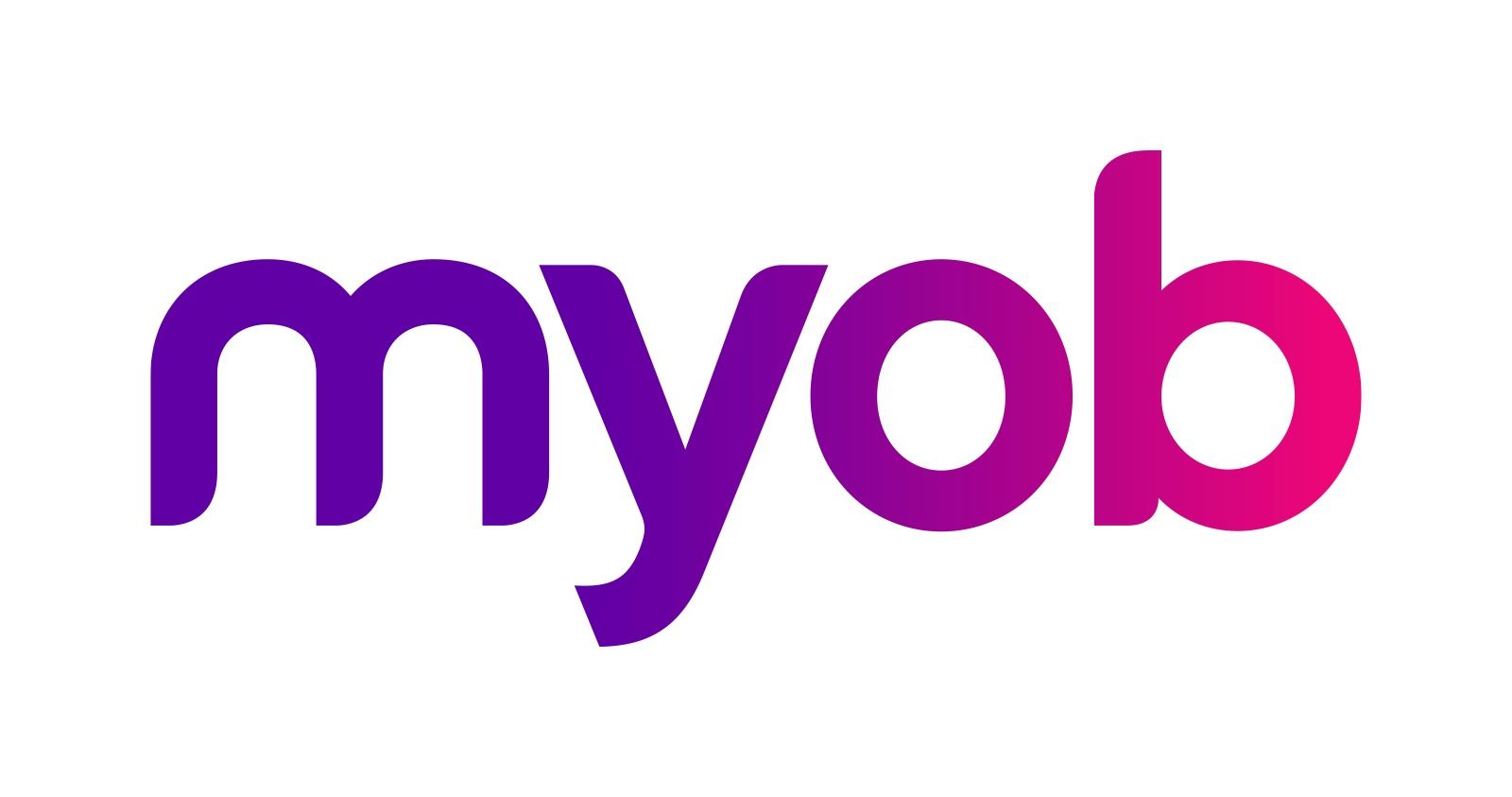Tax & Accounting Insights
Contact UsUnderstanding Financial Statements: A Guide for Individuals
Financial statements might seem technical at first, but becoming familiar with them can help individuals better understand their financial situation. Whether you’re reviewing your bank statements, preparing for tax time or looking at personal budgeting, knowing how key accounting documents work may support more informed decisions.
This guide introduces the basics of financial statements, including balance sheets, income statements and the difference between short-term and long-term liabilities.
Short-Term vs. Long-Term Liabilities
Liabilities refer to amounts owed—these may be in the form of loans, bills or other financial obligations. Understanding whether these are short- or long-term can help you plan for future repayments.
Short-term liabilities, also known as current liabilities, are typically due within 12 months.
Common examples include:
- Credit card balances
- Utility bills
- Short-term personal loans
- Tax amounts payable within the financial year
Long-term liabilities extend beyond 12 months.
These might include:
- Home loans (mortgages)
- Student loans
- Business loans with extended repayment terms
Knowing which category your obligations fall into may help with budgeting and assessing your ability to meet both near-term and future financial commitments.
What Is a Balance Sheet?
A balance sheet provides a snapshot of an individual’s or business’s financial position at a given point in time. It shows what is owned (assets), what is owed (liabilities) and the difference between the two (equity).
The basic formula is:
Assets – Liabilities = Equity
For individuals, a balance sheet might include:
- Assets: Bank account balances, property, vehicles, investments & superannuation
- Liabilities: Personal loans, mortgage, credit card debt, unpaid bills
- Equity: The value of assets after subtracting liabilities (your net worth)
Regularly reviewing a personal balance sheet can offer insight into your overall financial position and highlight areas where adjustments might be considered.
What Is an Income Statement?
An income statement, also referred to as a profit and loss (P&L) statement, tracks income and expenses over a specific period—typically monthly, quarterly or annually. It can help illustrate where income is coming from and how it is being spent.
An individual’s income statement may include:
Income: Wages or salary, government payments, rental income, dividends
Expenses: Rent or mortgage payments, groceries, utilities, transport, subscriptions, loan repayments
Reviewing an income statement over time may assist in identifying spending patterns, understanding cash flow and finding opportunities to manage resources more efficiently.
Why Are Financial Statements Important?
Financial statements are not just for businesses. They can also serve as valuable tools for individuals wanting to gain a clearer picture of their financial wellbeing.
By keeping track of balance sheets and income statements, individuals may:
- Recognise their financial position at any given time
- Plan ahead for upcoming expenses
- Monitor progress toward savings goals
- Prepare supporting information for tax returns
- Organise financial documentation more effectively
Having this level of clarity may support more informed choices, whether you’re applying for a loan, planning a major purchase or considering changes to your personal budget.
Building Awareness with Financial Basics
Understanding the structure and purpose of financial statements can help you feel more confident when reviewing your financial documents. These tools are useful for tracking assets, managing liabilities and reflecting on income and spending.
For individuals in Warrnambool looking for support with accounting, financial record-keeping or tax planning, Pola & Co aims to provide a professional and personalised service approach.
For further information or to discuss your personal accounting requirements, contact Pola & Co on (03) 5561 2992.












